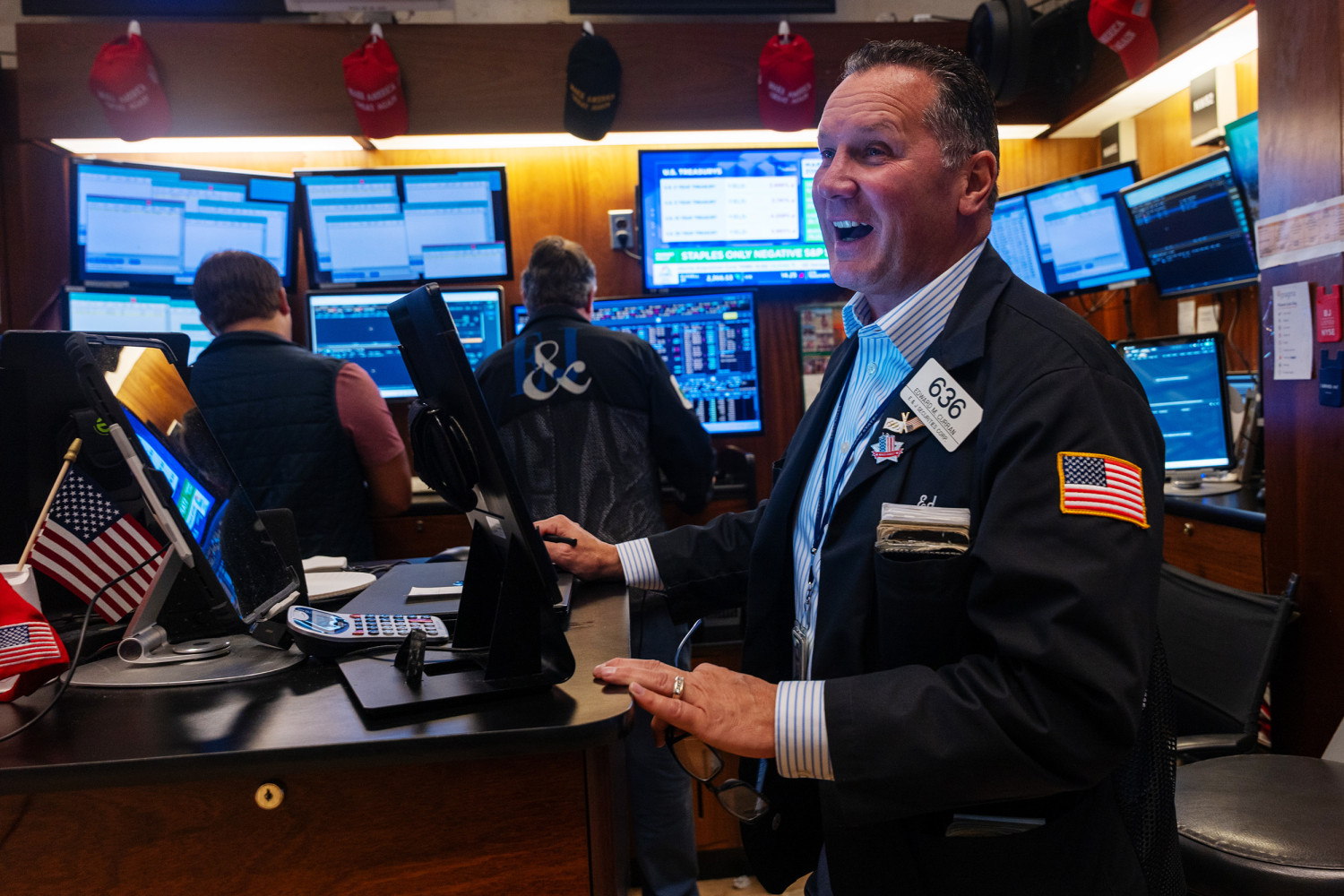The rising trade disputes between Washington and Brussels reached a pivotal point when former U.S. President Donald Trump decided to abandon proposals to introduce an unusually steep tariff—allegedly 250 percent—on pharmaceutical goods imported from the European Union. This move, included in a broader trade agreement, represents a crucial development in the prolonged discussions between the two significant economic forces and provides a temporary relief for businesses on both sides of the Atlantic.
The dispute traces back to a period of intensifying trade frictions, during which Washington sought to correct what it viewed as persistent imbalances and unfair practices in sectors ranging from agriculture to technology and healthcare. Pharmaceuticals became a flashpoint in these negotiations because of their economic and strategic importance.
The U.S. government of the time contended that European pharmaceutical firms had benefits that disadvantaged American producers. The accusations focused on differences in regulations, pricing strategies, and access to markets that, as per U.S. representatives, resulted in an imbalanced competitive environment. In an attempt to rectify these perceived disparities, the White House proposed the notion of imposing punitive tariffs—a suggestion that unsettled not only European companies but also American importers and healthcare parties worried about the possible consequences.
A 250 percent tariff, had it been implemented, would have dramatically increased the cost of EU-produced medicines entering the U.S. market. Given that many American hospitals, pharmacies, and patients depend on European drugs for specialized treatments, industry experts warned that such a measure could lead to price hikes, supply disruptions, and potential shortages.
Las empresas farmacéuticas de ambos bandos respondieron rápidamente a las tarifas propuestas. Las asociaciones comerciales, los proveedores de salud y las corporaciones multinacionales expresaron su preocupación de que los costos crecientes afectarían a los consumidores y debilitarían las cadenas de suministro globales. Las compañías estadounidenses con operaciones en Europa también temían medidas de represalia que pudieran interrumpir sus propias exportaciones a los mercados de la UE.
European leaders implemented robust diplomatic initiatives to address the issue. Brussels highlighted the critical need to keep trade open for key items, especially as healthcare systems were under increasing strain. Authorities contended that imposing high tariffs on crucial medicines would damage economies and endanger public health—a perspective that was particularly compelling given the persistent global health crises.
After weeks of negotiations, both sides announced a deal that averted the tariff hike. While the exact terms remain subject to interpretation, the agreement reportedly includes commitments to enhance regulatory cooperation, improve transparency in pricing frameworks, and explore mechanisms for resolving disputes before they escalate into trade wars.
In exchange for these concessions, Washington agreed to withdraw the proposed tariff increase, signaling a shift from confrontation to compromise. Observers note that the deal reflects a pragmatic recognition of mutual dependency: the U.S. relies on European pharmaceuticals for advanced treatments, while EU companies count on the American market for significant revenue streams.
The outcome of this disagreement holds significant consequences. Firstly, it offers immediate steadiness to an industry already dealing with supply chain fragilities, increasing research expenses, and changing regulatory norms. Pharmaceutical firms are able to maintain international activities without the impending danger of harsh tariffs that could have altered business strategies and investment schemes.
Furthermore, the agreement emphasizes the interconnectedness of today’s healthcare markets. No individual nation can completely shield itself from global supply chains, especially in a sector as specialized and research-driven as pharmaceuticals. The circumstances of this negotiation illustrate the dangers of exploiting crucial sectors in trade disagreements, a tactic that may have unforeseen repercussions for patients around the globe.
The tariff threat was not an isolated policy move but part of a broader strategy employed by the Trump administration to renegotiate trade relationships with major partners. From steel and aluminum duties to levies on consumer goods, tariffs became a recurring feature of Washington’s economic diplomacy during this period. Advocates of the approach argued that tough measures were necessary to secure fairer terms for American industries.
Nevertheless, some critics argued that these methods frequently increased conflicts and could potentially isolate allies. Regarding the pharmaceutical industry, numerous specialists doubted the wisdom of imposing severe tariffs on an industry so essential to public health. The eventual withdrawal of the suggested policy indicates that even forceful negotiators acknowledge the realistic boundaries of economic pressure when crucial goods are involved.
For the European Union, avoiding the tariff was a strategic priority. Pharmaceutical exports to the U.S. represent a substantial share of the bloc’s trade, supporting thousands of jobs and fueling innovation within the industry. Beyond economics, EU officials viewed the dispute as a test of transatlantic cooperation in areas critical to global health.
The outcome demonstrates the EU’s commitment to dialogue over escalation, even in the face of provocative proposals. By engaging diplomatically rather than retaliating immediately, Brussels helped steer the conversation toward regulatory alignment and market fairness—issues that can be addressed without resorting to punitive measures.
The episode provides numerous insights for decision-makers and companies. Initially, it emphasizes the significance of transparent communication and proactive involvement to avert trade disagreements from escalating into major conflicts. Additionally, it underlines the necessity for adaptable, rule-based methods to address conflicts in areas where health considerations overshadow immediate economic benefits.
Finally, the example demonstrates the increasing intricacy of worldwide trade management. With supply chains becoming more interconnected and political tensions rising, conventional methods like tariffs might become less effective—able to create influence but also incurring significant unintended expenses.
While the deal has defused immediate tensions, questions remain about the durability of this understanding. Trade relations between the U.S. and the EU continue to face structural challenges, including disagreements over digital services, environmental standards, and industrial subsidies. Any resurgence of protectionist sentiment could reignite disputes, particularly if economic pressures mount.
For now, stakeholders in the pharmaceutical sector can breathe a sigh of relief. By stepping back from the brink, both Washington and Brussels have signaled a willingness to prioritize stability over confrontation—at least in an industry where the stakes extend beyond profit margins to human well-being.



